
All categories
Featured selections
Trade Assurance
Buyer Central
Help Center
Get the app
Become a supplier

(859 products available)

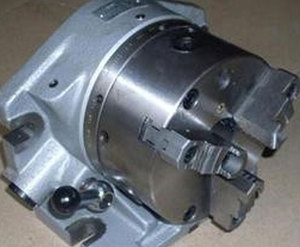


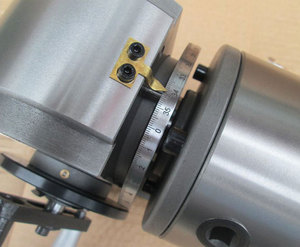

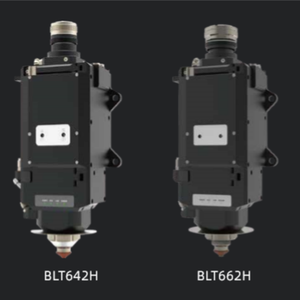



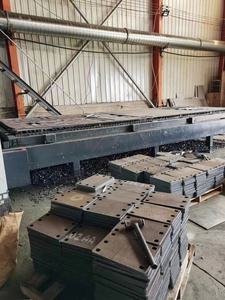




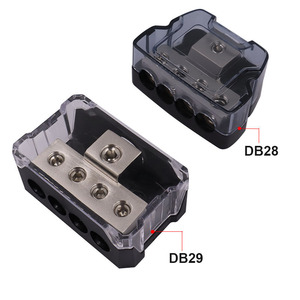











Market Overview: The universal dividing head market is poised for steady growth, reflecting broader trends in precision machining and manufacturing. In 2024, the market size reached approximately USD 636.86 million, with projections indicating a growth rate of 7.05% CAGR, aiming for USD 967.21 million by 2030, according to 360iResearch™. This growth is primarily attributed to the increasing demand for precision engineering across various sectors, including automotive and aerospace, where accuracy in component production is critical. Notably, the Asia-Pacific region is expected to lead this expansion, driven by rising industrial activities and the proliferation of advanced manufacturing technologies, particularly in countries like China and India.
Consumer Behavior and Market Dynamics: The preference for universal dividing heads is shifting towards models that offer enhanced functionality and adaptability. Manufacturers are increasingly focusing on integrating advanced features such as digital readouts and automatic indexing to meet the demands of modern machining environments. Additionally, the rise of e-commerce platforms like Alibaba.com is facilitating wider access to these essential tools, allowing buyers to compare options and make informed purchasing decisions. Challenges remain, such as the need for skilled operators and the complexity of integrating these devices into existing workflows. However, the push for automation and smart manufacturing solutions presents opportunities for innovation and growth in the universal dividing head market.
An universal dividing head is an accessory that uses dividing and angular motion to cut gears and make various other types of machine parts. Here are some types:
The universal dividing head's specifications usually depend on the model of the dividing head in question. However, typical universal dividing heads' specifications include the following:
Proper maintenance of the dividing head is necessary to ensure its durability and optimum performance during operation. Universal dividing heads can be maintained by regularly lubricating their gears as well as the rotational spindle. Lubricating these parts reduces friction and prevents wear and tear. It also makes operation smoother.
Regular cleaning of the dividing head is another maintenance practice. It prevents dust and debris buildup that may affect the accuracy and precision of the machine when working on materials. At times, excess dirt and debris can cause damage to the device. Cleaning can be done using an air compressor or a soft brush.
The universal dividing head allows precise cutting of workpieces into equal divisions. It also allows the production of complex geometries, such as threaded holes and spiral grooves, without having to use manual techniques. One of the major advantages of the universal dividing head is that it reduces the use of tools and helps to increase efficiency, production, and accuracy.
Here are some of the applications of a universal dividing head in an industry:
When looking for dividing heads for sale, it helps to understand how they are made and what features affect performance. With this information, one has a better chance of finding those popular selling models.
A universal dividing head is built with precision-engineered parts like cast iron housings, worm gears, and shafts. The cast iron housing protects internal parts from damage and helps keep them stable when working under different temperature conditions. This enables the jobber to achieve precise cuts. What divides the head into sections is the worm gear, which determines how much the workpiece will turn per cycle. Worm gears are usually made from low-carbon steel to help them withstand years of use without wearing out. Steel has a higher durability than cast iron does. Its importance is linked directly to dividing a workpiece into sections. If the worm gear wears out, it will throw off the alignment, rendering the dividing head useless.
Other parts worth mentioning are the tailstocks, spindles, and work table. Their functions are straightforward, so operators and machinists get them quickly. Workpieces are mounted on the spindle of a dividing head. The tailstock then secures it to remain in position while the table supports it. These parts can be easily recognized by their shiny metallic surfaces and ergonomic designs so that users can work unhindered.
Consider choosing dividing heads with additional accessories. These include tailstock centers and clamping kits. Tailstock centers support long parts while clamping kits stabilize the workpiece further to achieve precision.
Q1: What is a dividing head used for on a milling machine?
A1: A dividing head allows a milling machine to make complex cuts like making gear teeth or other intricate profiles. It lets the workpiece be rotated at fixed intervals, enabling accurate cutting and shaping.
Q2: How does a universal dividing head work?
A2: The universal dividing head has two worm wheels. One is the dividing worm, which allows the workpiece to be rotated at fixed intervals. The other is the horizontal worm wheel, which permits the spindle of the dividing head to be inclined. It helps to set the workpiece at a specific angle for cutting operations.
Q3: What are some common uses of a dividing head?
A3: Dividing heads are primarily used to create gears, splines, and keyways. They can also cut threads, make hexagonal and octagonal holes, and create various complex shapes and profiles.
Q4: What is the difference between a universal dividing head and a standard dividing head?
A4: A universal dividing head can incline at a given angle, which provides more flexibility and is suitable for various machining operations. In contrast, standard dividing heads only rotate and are limited to making primary operations.